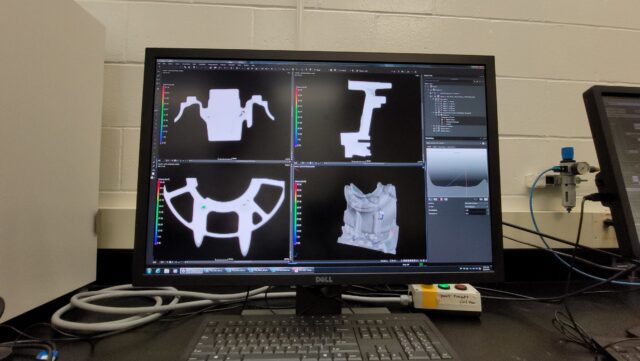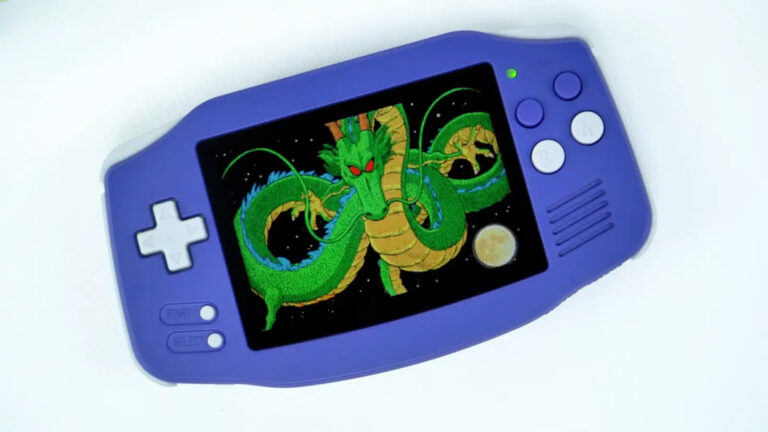More and more, we're seeing imaging technologies and machine learning showing up in automotive applications. It's usually to diagnose some kind of problem like quality control, although not always—the camera-based system by UVeye that we wrote about a few years ago made news recently after Hertz started using it to charge renters for things like scuffs on hubcaps. I have fewer concerns about customer abuse with General Motors' use of CT scanning, which simply seems like a clever adaptation of medical technology into another industry.
Ignore, if you can, GM's business decisions. Maybe you're upset because it killed your favorite brand, changed the shape of the Corvette headlights, or abandoned Apple CarPlay. There are many valid reasons, but none change the fact that the company's engineers are quite creative. (That's probably why it stings so much when the company starts hacking things up.)
GM first turned to X-rays as a way of doing two-dimensional quality control on castings during the development process, according to Ed Duby, manufacturing engineering executive director at GM. "Much like the application to people, when you think about X-ray and CT scan, it's really trying to diagnose something without having to go into surgery. We kind of want to do the same thing with our castings," Duby told me.




 Loading comments...
Loading comments...
